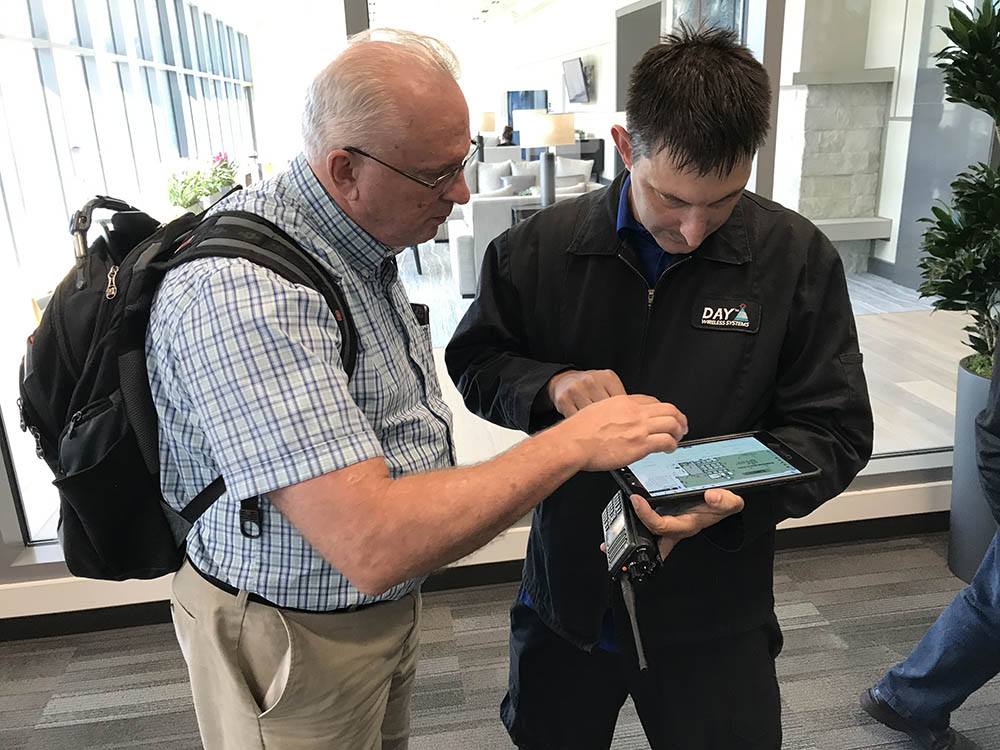I recently had a discussion with our DAS (Distributed Antenna Systems) business manager. The following series of posts are excerpts of our conversation. Our conversation revolves around the requirement for Emergency Responder Radio Coverage in buildings (International Fire Code ICC Section 510) and National Fire Protection Association (NFPA 72). DAS systems along with signal boosters are used to provide first responder/public safety radio coverage in buildings and other structures.
Part 3 of 3
What do you look for in a DAS integrator to show that they are a contender?
The first thing is certifications with the manufacturers. Are they certified installers of Commscope, or Solid, or TE or Corning, or any of the manufacturers that we represent? If you have certified technicians and engineering staff for these manufacturers it shows that you are a legitimate integrator. Do you actually have a design team that can design these systems? In many cases there are companies out there that are just guessing where to put the indoor antennas. They might be able to get away with it on a couple of projects but in the long run, those systems are not going to work and be balanced, optimized systems.
Along with the design team, do they have the design software? The industry standard is IBWave. If you have an integrator that has IBWave, they are a legitimate company. Having general radio license GROL, a lot of the guys out there are not radio technicians and were dealing with public safety radio enhancement systems. So you want an integrator that actually knows radio frequencies and public safety radio frequencies and not just the carriers.
We carry spectrum analyzers, we carry Anritsu’s which analyze frequencies and strength of signal of these signals from VHF to 2700 mhz so we can handle all spectrum. We also have PIM testers as well, it shows what interference you may potentially run into based on the different frequency bands you are amplifying. PIM testers are usually used in cellular deployments. That gear is expensive gear and it’s definitely a differentiator between legitimate companies and ones that might fly by night.
Day Wireless is public safety radio focused. We have relationships with all of these public safety radio agencies. Because of that if we were to turn up a system and the system were to have a negative effect on the overall wide area network, the customer would actually end up calling Day Wireless to fix the wide area network. So we actually have a vested interest in making these systems work because we would be the ones fixing it locally at the amp, but also at the wide area network level as well. Because of that, we are different than most of our competition.
What happens when you cause interference on a public safety radio system?
If there is significant interference, the public safety radio system on the wide area network will actually not work. Police and Fire will try to key up their radios and they won’t be able to talk to dispatch or each other. If there is an emergency situation, they would have no way to communicate. And those types of situations we want to avoid at all costs. For companies that don’t know what it’s like for those guys and don’t live in that world everyday they are not necessarily concerned with that. Whereas that’s ALL we’re concerned about. We want to make sure there is none of that at any time. And the fines for that type of things can be pretty extensive as well. The FCC can charge you thousands of dollars per day. So there’s definitely reports of issues and if you don’t immediately fix them the FCC will drop the hammer.
Want to learn more about DAS? Check out our other posts on DAS.
Part 1: How Much Does a DAS Cost?
Part 2: What is the Biggest Mistake Customers Make When Buying or Installing a DAS Solution?
